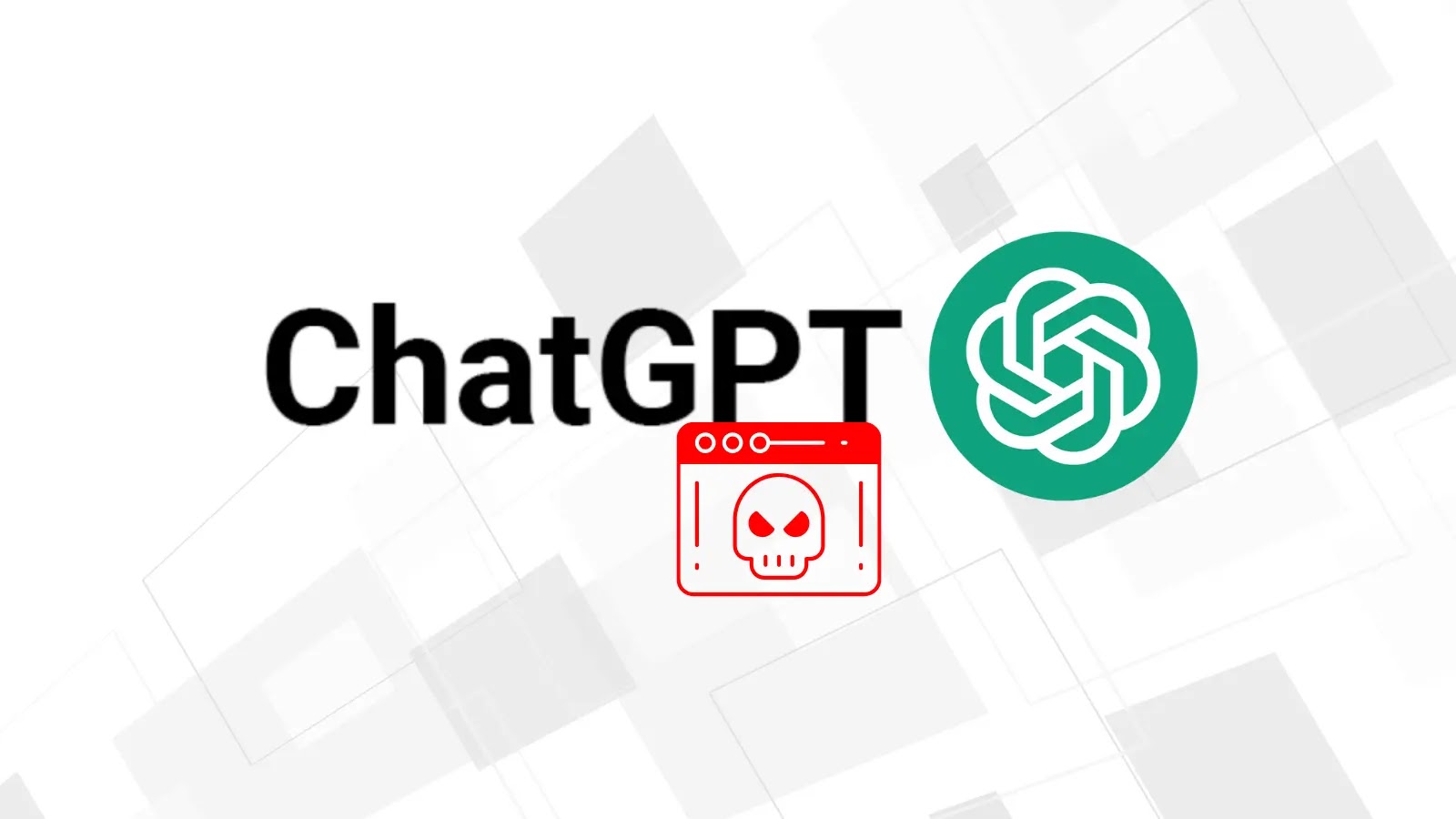In recent developments, advanced persistent threat (APT) groups have been exploiting OpenAI’s ChatGPT to enhance their cyber attack capabilities. Notably, a China-aligned APT group, identified as UTA0388, has been utilizing ChatGPT to develop malware and craft sophisticated spear-phishing emails targeting organizations across North America, Asia, and Europe.
Exploitation of ChatGPT in Cyber Attacks
UTA0388 has been conducting highly tailored spear-phishing campaigns by impersonating senior researchers from fabricated organizations. These campaigns aim to socially engineer targets into clicking links that lead to malicious archives. Over a span of three months, the group expanded its operations, sending emails in multiple languages, including English, Chinese, Japanese, French, and German. Their tactics evolved to include “rapport-building phishing,” where they engage targets in benign conversations before delivering malicious links.
GOVERSHELL Malware
The payload delivered through these campaigns is a backdoor named GOVERSHELL. This malware is delivered via ZIP or RAR archives containing a legitimate executable and a malicious Dynamic Link Library (DLL). When the user runs the executable, a technique called DLL search order hijacking is used to load the malicious payload. Researchers have identified five distinct variants of GOVERSHELL, indicating active and ongoing development. These variants show significant rewrites in their communication protocols and capabilities, shifting from C++ to Golang and employing different encryption methods.
Indicators of AI Utilization
The assessment of Large Language Model (LLM) usage, such as ChatGPT, stems from an aggregation of evidence. Key indicators include “hallucinations” and nonsensical details present in the phishing campaigns. UTA0388’s emails often contained fabricated entities and used fake phone numbers with suspicious sequential patterns. The group also exhibited a consistent lack of coherence, with emails sometimes containing multiple different personas across the sender name, email address, and signature block. Additionally, some emails were sent to non-existent addresses scraped from public web pages, and archives contained superfluous “Easter eggs,” such as unrelated images and audio recordings, which would likely be avoided by a human operator trying to remain undetected.
Broader Implications
The exploitation of ChatGPT by cybercriminals is not limited to UTA0388. Other threat actors have been observed using ChatGPT to develop powerful hacking tools, create polymorphic malware that bypasses endpoint detection filters, and spread malware via hacked social media accounts. For instance, cybercriminals have used ChatGPT to generate convincing phishing emails or deceptive content encouraging users to download malware. They may also use the model to obfuscate malicious code or assist in social engineering attacks, making it more challenging for security systems to detect and prevent illicit activities.
Mitigation Strategies
To counteract these threats, organizations should implement robust cybersecurity measures, including:
– Employee Training: Educate staff on recognizing phishing attempts and the importance of verifying the authenticity of communications.
– Advanced Threat Detection: Deploy security solutions capable of identifying and mitigating AI-generated threats.
– Regular Software Updates: Ensure all systems are up-to-date to protect against known vulnerabilities.
– Multi-Factor Authentication (MFA): Implement MFA to add an extra layer of security to user accounts.
– Monitoring and Logging: Maintain comprehensive logs and monitor network activity for signs of unusual behavior.
As AI technologies continue to evolve, it is imperative for organizations to stay vigilant and adapt their cybersecurity strategies to address the emerging threats posed by the misuse of these advanced tools.



